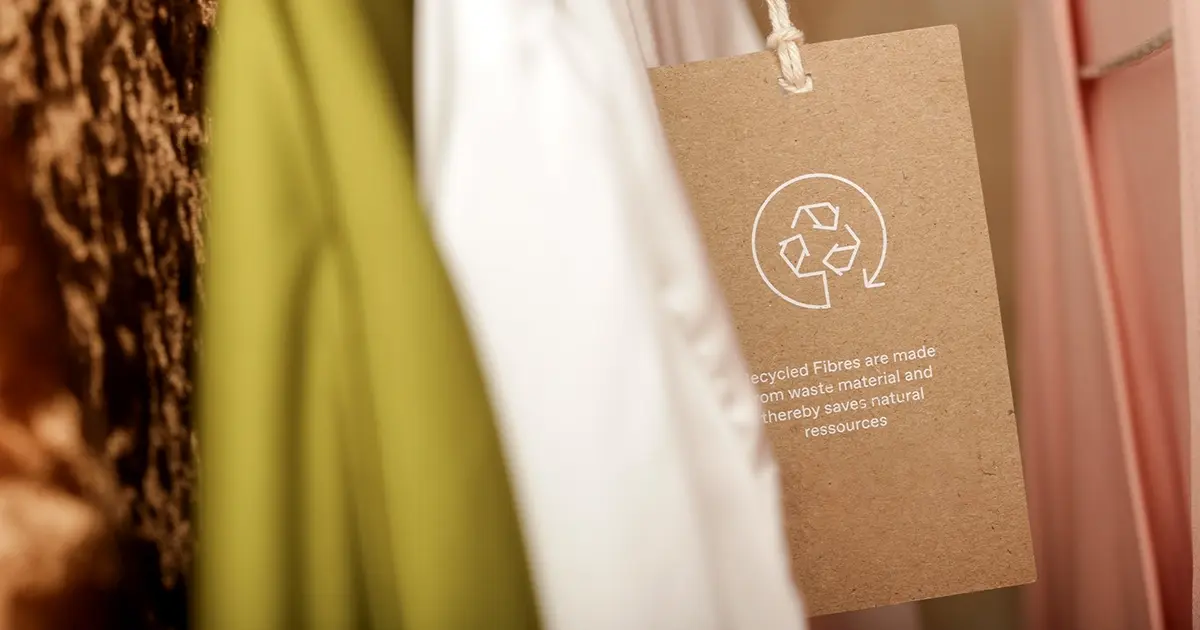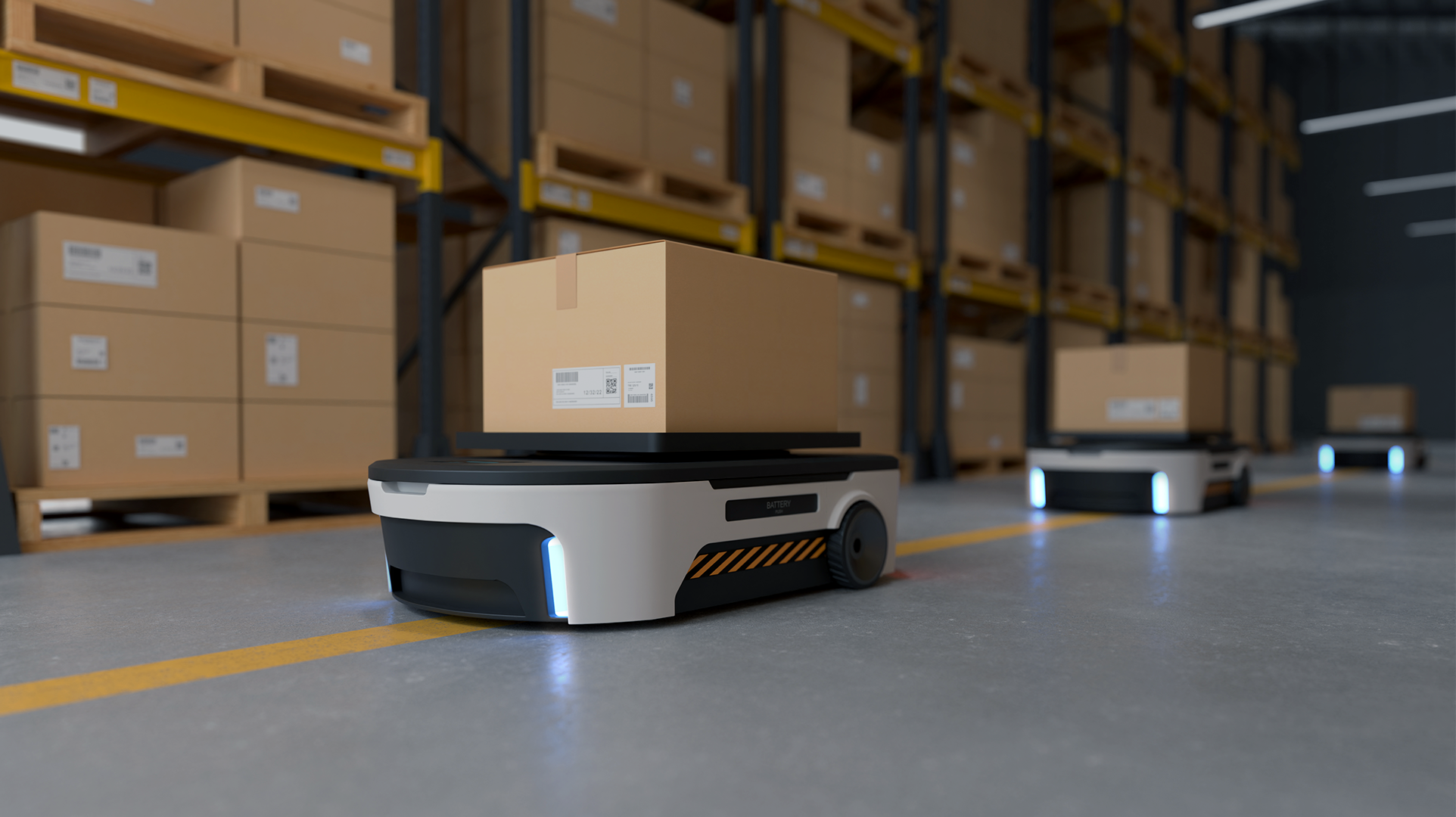Reverse Logistics
As e-commerce grows, businesses face challenges in efficiently managing returns, making reverse logistics a critical component of supply chain operations. By optimising this process, companies can improve customer satisfaction, minimise waste, recover value from returned goods and contribute to sustainability efforts.

What is reverse logistics?
Reverse logistics is the stage in the supply chain where the product is returned from the point of sale to the manufacturer or distributor for reselling, repairs, repackaging, recycling or disposal. It's closely related to the circular economy, which aims to recycle or reuse products and materials to extend their lifecycle as much as possible.
Typically, reverse logistics starts at the end consumer, moving backward through the supply chain to the distributor or from the distributor to the manufacturer. It also includes the processes where the end consumer is responsible for the product's final disposal.
The main objective of reverse logistics is to manage the flow of products, materials and resources from the final consumers to the origin of the supply chain to maximise their value and minimise environmental impact.
Reverse logistics versus traditional logistics
Traditional product flow starts with suppliers and moves to a factory or distributor. From there, the goods go to retailers and customers. On the other hand, reverse logistics management starts at the consumer and, moving in the opposite direction, returns products to any point along the supply chain.
How does reverse logistics work?
The reverse logistics process involves managing returns and buying surplus goods and materials. It is also responsible for dealing with leases or refurbishments. The method depends on the type of reverse logistics, the organisation's business and the industry.
Reverse logistics processes
There are five main steps for reverse logistics:
Collecting goods
This step consists of collecting the products. When a customer initiates a return, the organisation must initiate the return process. Depending on the type of goods and the conditions of the service, the manufacturer may indicate guidelines for proper management.
Sorting goods
Once collected, the products are sorted by category and prepared for the next steps in the process. The products are inspected to determine where they should be placed next. There are a few options for the next steps, including undergoing refurbishment, recycling or prepping for resale to fill another order.
Move products to reduce waste
Continuously keeping returned products in motion can help reduce the amount of waste produced when products sit for lengthy periods. Items due for repairs should be moved quickly to the repair department so they are not left in the balance. The same applies to items requiring disposal or resale – these should be transferred to the designated area where they can be managed and continue their journey through the remainder of the supply chain as necessary.
Destruction of unserviceable goods
Products classified as broken are destroyed and deposited at the appropriate points for this purpose, considering the type of material. It must be disposed of correctly if it can't be fixed or parted out. Any component that can be recycled should be handled accordingly, which may involve disassembling either part the product or all of the product.
Recovery, recycling and management of materials
Products classified as reusable or recyclable are managed to extend their proper life cycle. Items relocated to the repair department should be dealt with promptly so that any necessary end-of-life arrangements can be made. Repairable items should be repaired quickly and reinstated into the organisation's inventory or disposed of if irreparable. If specific parts or components are still usable, these should be sold to manufacturers to create new products.
The Power of Self-Service Portals in Logistics
Types of reverse logistics
Reverse logistics mainly focus on returns management and return policies and procedures (RPP) and account for remanufacturing, packaging, unsold goods and delivery issues. Other types of reverse logistics account for leases, repairs and product retirement.
Some common types of reverse logistics include:
- Returns management: Return management deals with regular customer returns and should be a seamless, hassle-free experience to boost customer loyalty and brand image.
- Return policy and procedure: This is the policy against which all customer returns are measured, and it should be followed consistently by both customers and employees.
- Remanufacturing or refurbishment: Reconditioning returned products prevents organisations and retailers from losing money on defective products while eliminating unnecessary waste.
- Packaging management: Organisations with packaging management processes can reuse packaging to reduce waste and save the cost that would otherwise be spent on new packaging for returned items.
- Unsold products: Directly focused on returning items from end users or fulfilment centres back to manufacturers, the process of returning unsold products is commonly the result of delivery refusal, poor sales or other factors.
- End of service life: Some products must be returned at the end of their useful life for manufacturers to manage their proper environmental disposal.
- Delivery failure: If products cannot be delivered, they are returned to fulfilment centres, where they may be shipped back to the manufacturer. However, efficient organisations can manage delivery failure by correcting the issue and resending.
- Rental equipment: Rented or leased products are returned at the end of a defined term and returned to the manufacturer for either disposal, recycling or redeployment.
- Repair and maintenance: For example, many consumer electronics (laptops) may be returned for repairs or warranty work.
Benefits of reverse logistics
Organisations can benefit from reverse logistics in several different ways. For one, reverse logistics allows companies to reduce their waste, minimising the overall environmental impact. The materials returned to the point of origin are part of a recycling or reuse chain.
Another benefit is stock control. Return operations involve considerable effort for companies, so there's greater control over resources and products, especially inventory.
Reverse logistics also leads to better customer service. It provides valuable information for the manufacturer or distributor, making it possible to evaluate the reasons for the return.
Companies also reduce their costs. Manufacturers can reuse the packaging or even manufacture new materials and save costs on purchasing raw materials.
As companies face high return rates, especially in e-commerce, investing in effective reverse logistics is essential for maintaining profitability, improving customer experience and supporting sustainable business practices. Ultimately, businesses that optimise their logistics solutions will be better positioned to thrive in the increasingly complex supply chain landscape.
Further reading
Check out these resources to learn more about reverse logistics and its role in people-centric innovation.



.png)